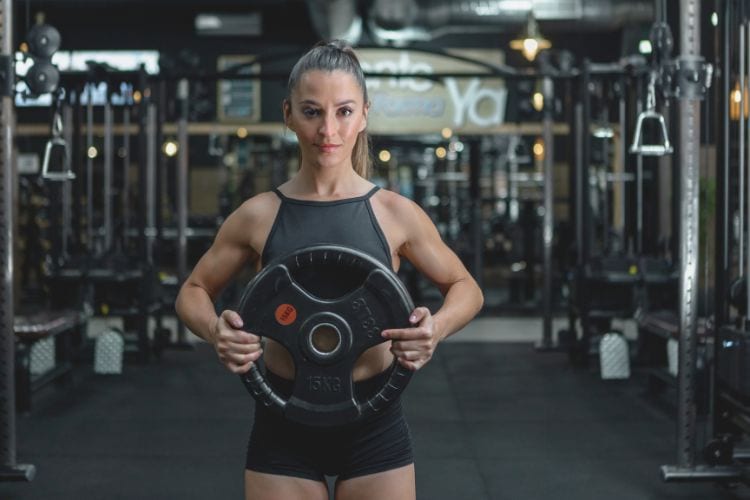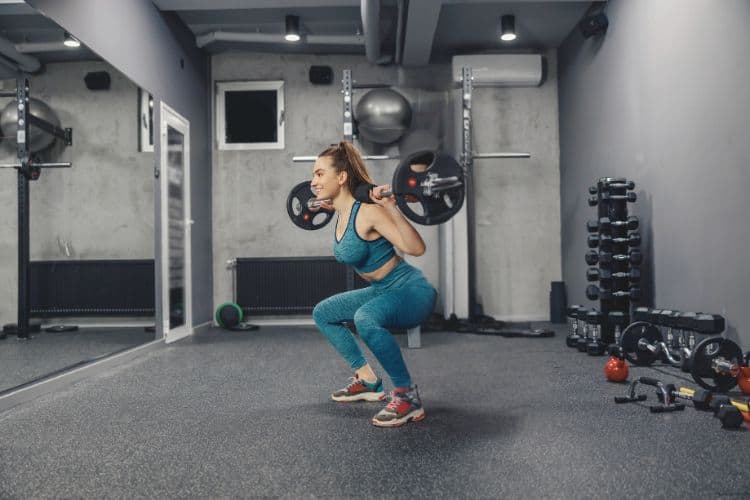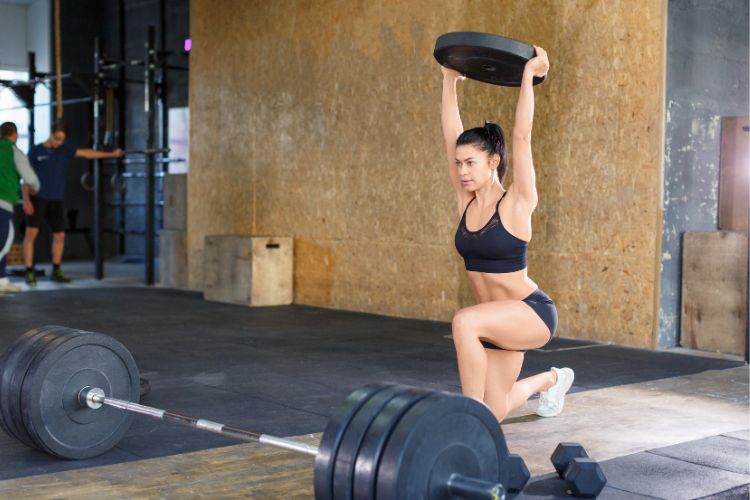Sign up for workout ideas, training advice, reviews of the latest gear and more.






Finding time to work out can be tough, but 30-minute full body workouts are a game changer for anyone with a busy schedule. These quick yet effective sessions allow you to burn fat, build muscle, and boost your energy without spending hours at the gym. In this guide, you’ll learn the benefits of 30-minute full body workouts, the best exercises to include, sample routines, and tips for maximizing your results. Whether you’re a beginner or experienced fitness enthusiast, this guide will help you achieve your goals faster.
One of the biggest advantages of a 30-minute full body workout is how efficient it is. In just half an hour, you can engage multiple muscle groups, burn significant calories, and improve your cardiovascular endurance. There’s no need to sacrifice results because of limited time — with the right approach, you can make every minute count.
Because full body workouts keep your heart rate elevated while targeting major muscle groups, they are highly effective for fat burning and toning. Short bursts of high-intensity exercises combined with strength moves optimize calorie expenditure both during and after your workout, enhancing your body’s ability to burn fat even while resting.
Whether you’re a beginner, intermediate, or advanced exerciser, 30-minute full body workouts can be customized to suit your fitness level. You can easily adjust the intensity, resistance, and rest periods to fit your needs, making these workouts accessible and scalable for everyone.
To maximize your 30-minute session, it’s important to include a balance of strength training, cardiovascular exercises, and functional movements.
Incorporate compound exercises that work multiple muscles at once. This will not only save time but also help you build strength and muscle more effectively.
Adding cardio boosts your heart rate, improving cardiovascular health and increasing calorie burn.
These exercises mimic everyday activities and improve balance, stability, and overall functional strength.
Here are some sample routines you can follow. Each includes a warm-up, workout circuit, and cool-down.
Warm-Up (5 Minutes)
Workout Circuit (20 Minutes)
Perform each exercise for 40 seconds, followed by 20 seconds rest. Complete the circuit 3 times.
Cool-Down (5 Minutes)
Warm-Up (5 Minutes)
Workout Circuit (20 Minutes)
Perform each exercise for 45 seconds, rest for 15 seconds. Complete 3 rounds.
Cool-Down (5 Minutes)
Warm-Up (5 Minutes)
Workout Circuit (20 Minutes)
Perform each exercise for 50 seconds, rest for 10 seconds. Complete 3 rounds.
Cool-Down (5 Minutes)
It’s easy to rush when you’re on a timer, but good form is crucial to avoid injuries and get the most from each movement. Always prioritize proper technique over moving faster.
Keep your rest periods short — around 15-20 seconds — to maintain an elevated heart rate and maximize fat burning. Circuit-style training is particularly effective for this.
Exercises that engage multiple muscle groups, such as deadlifts, squats, and push-ups, provide more benefit than isolation exercises in a short time frame. Compound moves give you the best bang for your buck.
High-intensity exercises like burpees, mountain climbers, and jump squats accelerate your heart rate and calorie burn. Push yourself, but always listen to your body and modify if needed.
Having a structured workout plan before you start helps you use every minute wisely. Write down your exercises or set them up in a fitness app before you begin.
You don’t need fancy equipment, but having a few basic items can add variety and intensity to your routines.
Focus on high-intensity interval training (HIIT) that combines cardio and strength. Alternate between exercises like jump squats, burpees, and kettlebell swings to maximize fat burning.
Use moderate to heavy weights and slow, controlled movements. Exercises like deadlifts, overhead presses, and weighted squats are crucial to building full body strength.
Choose bodyweight circuits or light resistance with minimal rest between sets. Keep your heart rate up for the entire 30 minutes to build cardiovascular and muscular endurance.
Jumping straight into intense workouts without properly warming up can lead to injury. Likewise, skipping the cool-down can cause tightness and delayed recovery. Always allocate at least 5 minutes on each end.
Bicep curls and tricep extensions are great, but in a short 30-minute workout, it’s better to prioritize compound movements that work multiple muscles at once.
Even with shorter workouts, your muscles need time to recover. Aim for at least one or two rest days a week or alternate between workout intensities.
Consistency is key. Most people can safely perform full body workouts three to five times per week, depending on their intensity and recovery needs. Here’s a simple weekly schedule:
This approach ensures you build strength, burn fat, and stay energized without overtraining.
If you think you need hours in the gym to get fit, think again. 30-minute full body workouts prove that with smart programming and focused effort, you can achieve incredible fitness results in a short amount of time. Whether you’re working out at home, hitting the gym, or exercising outdoors, these routines are flexible, scalable, and incredibly effective. Stick with it, challenge yourself, and enjoy the results — all in just half an hour a day.
Stay up to date on the latest women’s health, fitness and lifestyle trends and tips.